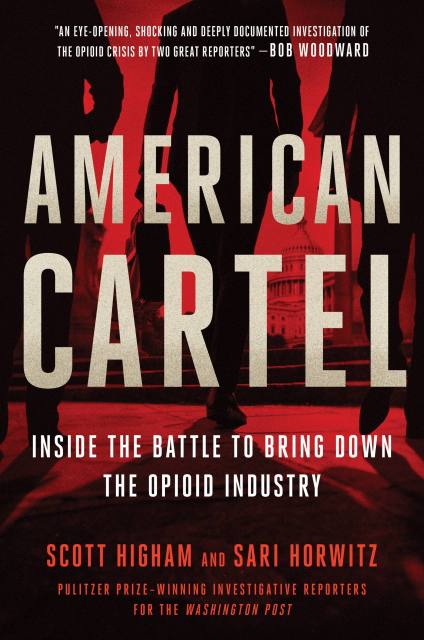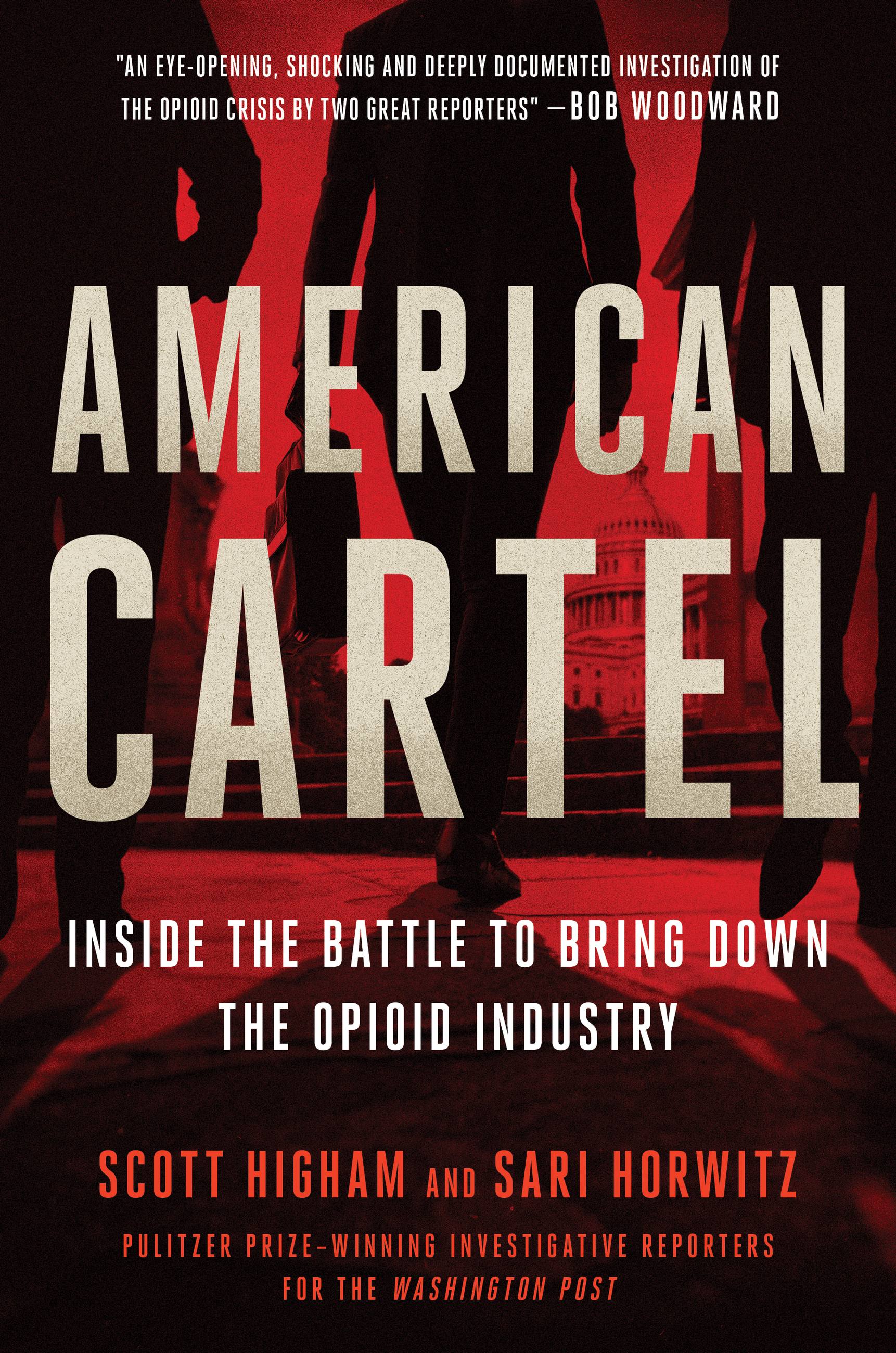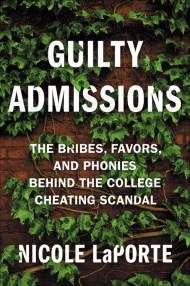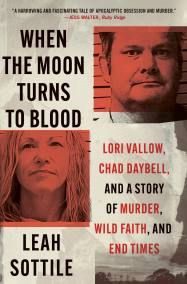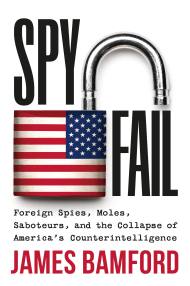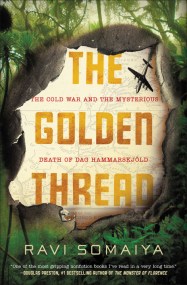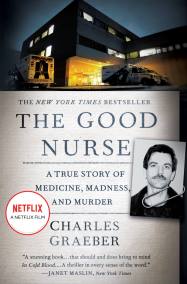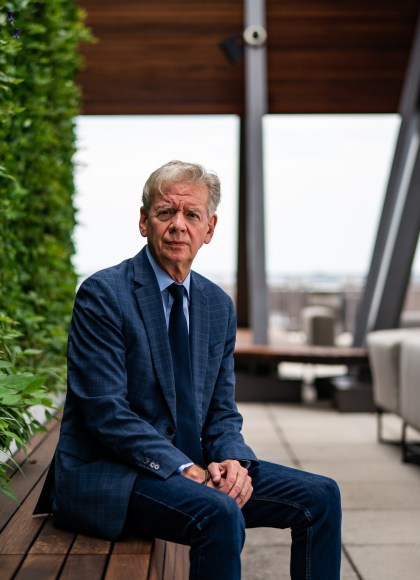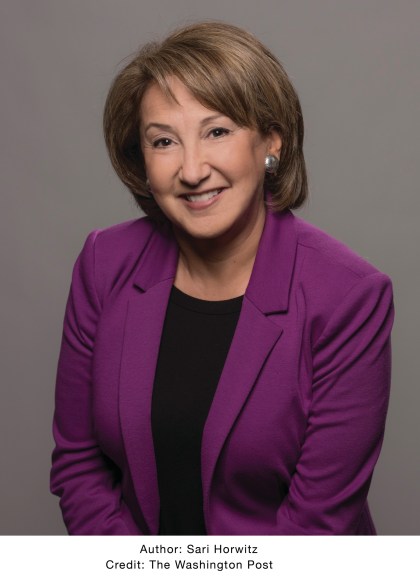Promotion
Use code MOM24 for 20% off site wide + free shipping over $45
American Cartel
Inside the Battle to Bring Down the Opioid Industry
Contributors
By Scott Higham
By Sari Horwitz
Formats and Prices
Price
$30.00Price
$38.00 CADFormat
Format:
- Hardcover $30.00 $38.00 CAD
- ebook $15.99 $20.99 CAD
- Audiobook Download (Unabridged) $27.99
This item is a preorder. Your payment method will be charged immediately, and the product is expected to ship on or around July 12, 2022. This date is subject to change due to shipping delays beyond our control.
Also available from:
AMERICAN CARTEL is an unflinching and deeply documented dive into the culpability of the drug companies behind the staggering death toll of the opioid epidemic. It follows a small band of DEA agents led by Joseph Rannazzisi, a tough-talking New Yorker who had spent a storied thirty years bringing down bad guys; along with a band of lawyers, including West Virginia native Paul Farrell Jr., who fought to hold the drug industry to account in the face of the worst man-made drug epidemic in American history. It is the story of underdogs prevailing over corporate greed and political cowardice, persevering in the face of predicted failure, and how they found some semblance of justice for the families of the dead during the most complex civil litigation ever seen.
The investigators and lawyers discovered hundreds of thousands of confidential corporate emails and memos during courtroom combat with legions of white-shoe law firms defending the opioid industry. One breathtaking disclosure after another—from emails that mocked addicts to invoices chronicling the rise of pill mills—showed the indifference of big business to the epidemic’s toll. The narrative approach echoes such work as A Civil Action and The Insider, moving dramatically between corporate boardrooms, courthouses, lobbying firms, DEA field offices, and Capitol Hill while capturing the human toll of the epidemic on America’s streets.
AMERICAN CARTEL is the story of those who were on the front lines of the fight to stop the human carnage. Along the way, they suffer a string of defeats, some of their careers destroyed by the very same government officials who swore to uphold the law before they begin to prevail over some of the most powerful corporate and political influences in the nation.
Genre:
-
“An eye-opening, shocking and deeply documented investigation of the opioid crisis by two great reporters. This is not just about the greed of the pharmaceutical companies. AMERICAN CARTEL exposes the sweeping moral corruption of some senior officials in the Department of Justice, the Drug Enforcement Administration, the Congress, and the practice of medicine and law. The ultimate corruption is the collective failure to see, define and act on the larger public interest to address a true national emergency.”Bob Woodward, Associate Editor of The Washington Post and bestselling author of Peril
-
"A story of courageous heroes fighting the opioid crisis, AMERICAN CARTEL reads like a thriller. At the same time, it is a vivisection of the political and corporate corruption that allows pharmaceutical firms to profit from despair. AC follows a group of modern-day “private eyes” as they investigate players much bigger than the Sacklers, including some of America’s biggest companies and most powerful members of Congress. Like a riveting true crime story, AC “follows the money” through the revolving doors of Washington, into the swamp of lobbyists and white collar drug rings who recklessly peddle narcotics for billions of dollars as hundreds of thousands of Americans die of overdoses."Alex Gibney, Academy award-winning filmmaker and director of The Crime of the Century
-
“Scott Higham and Sari Horwitz are two of the most tenacious investigative reporters in journalism. For years they dug into America’s opioid epidemic, unearthing a pattern of callousness and recklessness within the drug industry. With a fast-paced and absorbing narrative, and dismaying documentary evidence, they recount how powerful interests abetted widespread addiction and abuse – and how a few determined individuals fought for years to finally hold them to account.”Marty Baron, Executive Editor at the Washington Post (2012-2021)
-
“A fast-paced chronicle of astonishing corporate greed and appalling government complicity, AMERICAN CARTEL offers a panoramic account of how the opioid crisis was initiated by rapacious Pharma executives, exacerbated by mercenary lobbyists and lawyers, and sustained by bought-off politicians. With their trademark deep reporting and an appropriate sense of moral outrage, Horwitz and Higham have delivered a trenchant and utterly damning indictment of the powerful forces that benefited from an American tragedy.”Patrick Radden Keefe, New York Times bestselling author of Empire of Pain and staff writer for The New Yorker.
-
"AMERICAN CARTEL is a riveting, page-turner that illuminates how the revolving door of former government employees enabled the industry they once regulated to thwart courageous efforts to reign in the opioid epidemic. Shady politicians, conspiring lobbyists, larger-than-life attorneys and shocking stats - this book unveils exactly how and why the epidemic came to be—and who’s responsible."Beth Macy, author of Dopesick: Dealers, Doctors, and the Drug Company That Addicted America” and an executive producer and co-writer on Hulu’s “Dopesick"
-
“Expertly researched and a worthy addition to the growing canon of opioid literature.”Booklist Reviews
-
"Higham and Horwitz paint a highly disturbing picture that makes clear that companies ostensibly in the business of supplying needed pain medications acted instead like a cartel that wrought more pain and death than the syndicates smuggling cocaine and heroin into the country. This is a must-read for voters and political leaders alike."Publisher’s Weekly Starred Review
-
“A stunning depiction of corruption in the drug industry and those who confronted it…In brisk, often harrowing chapters, the authors present riveting descriptions of government investigations into the crisis, struggles to thwart those investigations by targeted corporations and their allies, and the (ongoing) courtroom proceedings that have revealed an astoundingly expansive web of negligence, greed, and callousness.”Kirkus STARRED Review
-
“Higham and Horwitz paint a highly disturbing picture that makes clear that companies ostensibly in the business of supplying needed pain medications acted instead like a cartel that wrought more pain and death than the syndicates smuggling cocaine and heroin into the country. This is a must-read for voters and political leaders alike.”Publisher’s Weekly STARRED Review
-
“AMERICAN CARTEL is a compelling and detailed inside look at the Herculean efforts by trial lawyers to hold opioid manufacturers and distributors accountable for causing this country’s heart breaking addiction epidemic. This book provides a front row seat to an epic fight for justice.”Linda Lipsen, Chief Executive Officer, American Association for Justice
-
"AMERICAN CARTEL joins a small shelf of important books, including Dopesick and Empire of Pain, that fully capture the greed and corruption fueling the nation’s drug nightmare."Joseph Barbato, The New York Journal of Books
-
"...the perspective that Horwitz and Higham bring is fresh and important."The Washington Post
-
“AMERICAN CARTEL is a must read that demonstrates the continued importance of high-quality investigative journalism in today’s world and how greed allowed a national emergency to sweep the country unchecked.”Book Reporter
- On Sale
- Jul 12, 2022
- Page Count
- 416 pages
- Publisher
- Twelve
- ISBN-13
- 9781538737200
Newsletter Signup
By clicking ‘Sign Up,’ I acknowledge that I have read and agree to Hachette Book Group’s Privacy Policy and Terms of Use
